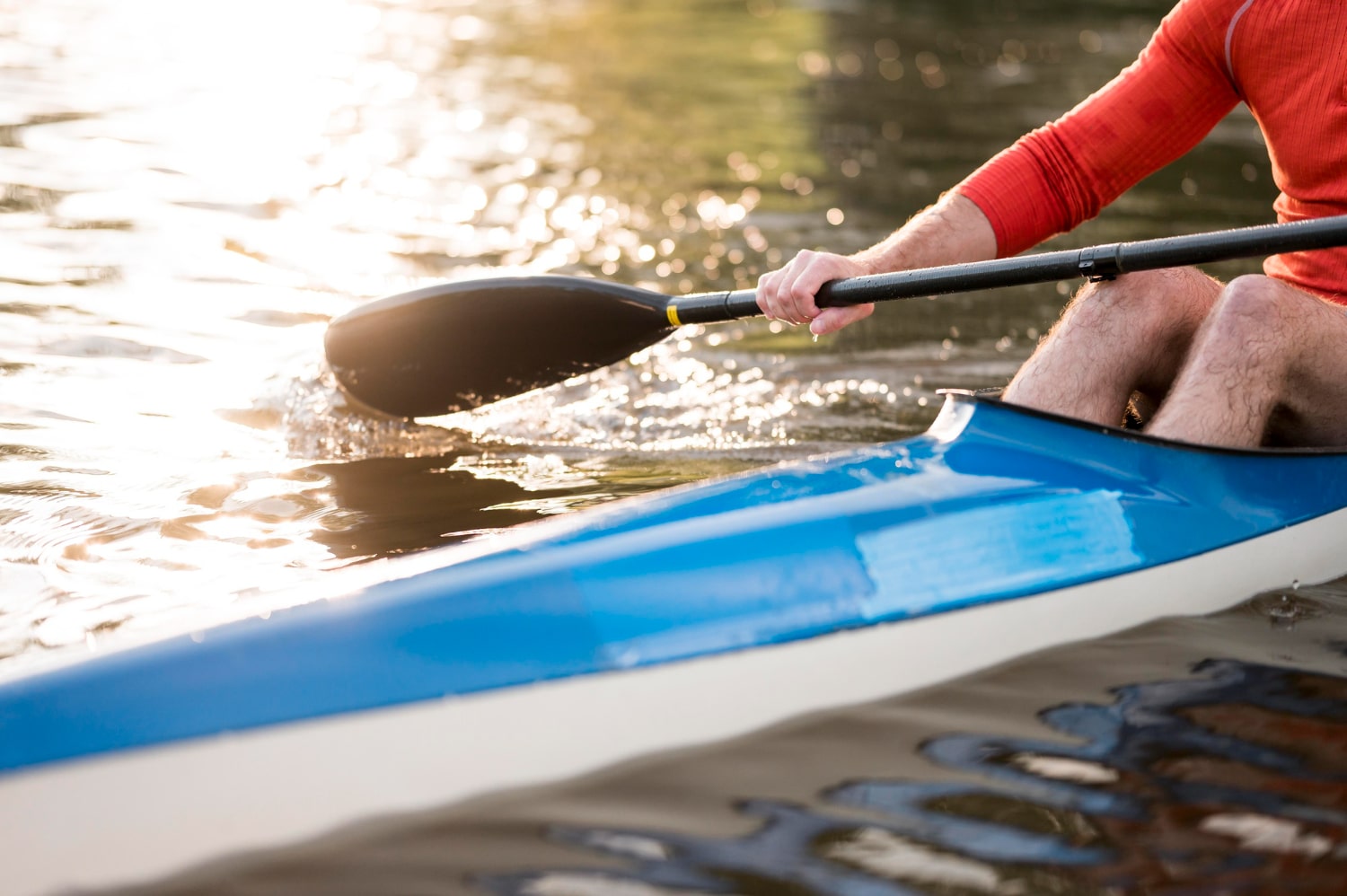Rowing is not only a sport but also an ancient method of water transportation that dates back thousands of years. Today, it is popular both as a competitive discipline and a recreational activity, with regular training that develops endurance, strength, and coordination. As an Olympic sport, rowing demands high concentration and teamwork, combining elegance with physical power. Below are some interesting and educational facts about rowing that you might not know, which offer a deeper perspective on this dynamic and inspiring sport.
- Rowing is one of the oldest sports in human history. Its origins trace back to Ancient Egypt, where depictions of rowers were found in the tombs of pharaohs, and boats were used for both military and ceremonial purposes.
- Modern competitive rowing originated in England in the 17th century. The first regattas were held on the River Thames between water taxi operators, and the sport later became popular among universities and elite social circles.
- Rowing has been part of the Olympic Games since 1900. Women’s rowing events were introduced much later, in 1976, marking a significant step toward gender equality in sports.
- Rowing is one of the most energy-intensive sports. A one-hour high-intensity session can burn over 800 calories, making it excellent for maintaining physical fitness.
- Breathing technique and synchronized movement are essential in rowing. In team boats, each stroke must be precisely timed, as even slight discrepancies reduce speed and efficiency.
- There are two main types of rowing: sweep rowing (with one oar per rower) and sculling (with two oars per rower). These forms differ in technique, boat design, and racing rules.
- Rowers have some of the most well-balanced physiques among athletes. The sport engages nearly every muscle group, including the back, legs, core, arms, and shoulders.
- In many racing shells, a coxswain plays an important role. The coxswain steers the boat, sets the rhythm, and motivates the crew with strategic commands during races.
- Rowing courses must have calm and even water surfaces. Most major competitions are held on specially constructed rowing canals that meet international standards for length, depth, and safety.
- One of the most prestigious rowing events is the annual race between Oxford and Cambridge. This traditional regatta has been held since 1829 and draws thousands of spectators to the banks of the Thames.
- In rowing, efficiency is more important than brute strength. A skilled rower can generate speed through the optimal angle of oar entry, stroke length, and steady rhythm.
- Modern rowing shells are made from lightweight composite materials. Carbon fiber, Kevlar, and fiberglass are commonly used to build fast and durable boats that glide smoothly over the water.
- During winter, rowers train indoors using special machines. Rowing ergometers simulate the full motion of rowing and help maintain endurance and technique regardless of weather conditions.
- Rowing requires strong mental resilience. Long distances, physical fatigue, varying weather, and race pressure demand intense focus and internal strength.
- In 2012, Ukrainian rowers Inna Frolova and Leonid Shaposhnikov set a world record in the double sculls event. Their achievement remains a benchmark for many athletes around the globe.
- Rowing is not only popular among youth but also among older adults. It is one of the few sports that allows for active participation in older age without placing stress on the joints.
- Rowing is also used in rehabilitation programs. The smooth, rhythmic movements help restore coordination, improve cardiovascular health, and reduce stress levels.
- Many schools and universities have rowing clubs. These programs foster teamwork, leadership skills, and offer students the opportunity to combine academic life with athletics.
- Rowing is part of the Paralympic Games. Athletes with various disabilities compete in specially adapted boat classes, promoting inclusivity in high-level sport.
- Beyond competition, rowing has grown as a recreational and tourist activity. Kayaking and canoeing excursions on lakes, rivers, and coastal waters are increasingly popular among travelers worldwide.
These fascinating and informative facts about rowing show that it is not only a physical activity but also a philosophy of harmony with water, team cooperation, and inner discipline. Rowing shapes character, willpower, and endurance, bringing together generations, cultures, and nations. Whether you are an athlete, a traveler, or a spectator, rowing has something truly inspiring to offer.





